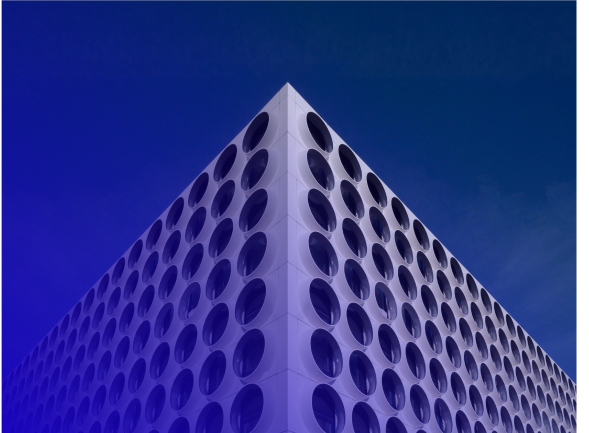Golfer hits player’s head with golf ball: liable or own risk?
On the face of it, golf may seem less dangerous than, say, football, but according to Golf Digest, more than 40,000 golfers are brought to A&E with injuries every year. So what is the situation with regard to liability when someone has caused an accident on the golf course? Are injuries as a result of a stray shot for the victim’s own risk or can the victim hold the causer responsible? Lawyer Onno Hennis, who specialises in liability law, clarifies this on the basis of a ruling of the District Court of Amsterdam.
Legal action as a result of an obscured ninth hole
This action was as a result of an accident during a golf tournament for dentists. The accident occurred at the obscured ninth hole: because of two slopes on the fairway, the view of the course was partially obscured. For this reason, a bell was positioned at the halfway point for players to warn the following flight that they were outside ‘shooting range.’ At the tee-off was a warning sign with the text “Please wait with your tee-off for the bell to ring 3 times.”
Ball hit golfer’s head outside the fairway
One of the tournament’s participants had taken his shot outside the fairway. Although he could no longer see the ball, on the advice of his flight partners, the player did not play a provisional ball. They expected that the ball would still be found. This was right because the player soon found his ball. Meanwhile, the next flight of players had reached the tee-box of the ninth hole. Since they did not see anyone on the fairway and, according to them, had not seen the warning sign, they started playing without waiting for the bell to ring. One of their drives hit the player’s head, causing an eye injury.
Liability in sport and games situations
According to case law, a so-called ‘higher liability threshold’ applies to sport and games situations. This means that in the event of damage and/or injuries resulting from sport, liability is less readily assumed. Athletes may be expected to take into account certain “poorly coordinated, badly timed, and insufficiently thought-out actions.” According to the Supreme Court, a certain conduct is only wrongful if it “falls outside the normal pursuit of the game and results in gross negligence.”
Higher liability threshold?
The victim claimed primarily that no sport or game situation was involved and that, therefore, the higher liability threshold did not apply. If the court were to go along with this, liability would be effectively established. To the extent that the higher liability threshold applied, the victim claimed that it had been exceeded because by not waiting until the bell had rung three times, the causer had created an abnormal risk.
Defence: sufficient precautionary measure and own fault
The causer argued that he had waited five minutes (the time golfers have under NGF rules to search for a ball) before teeing off. According to him, he had done enough to prevent the accident. Additionally, he put up the defence that he had not seen the warning sign (he was playing on the course in question for the first time – as was the victim). Finally, he argued that the accident was partly caused by the victim because, contrary to NGF rules, he had not played a provisional ball. Had he done so, the causer argued, he would have been able to continue playing without searching, and the accident would not have happened.
Court: not the victim’s own fault
The court ruled in favour of the victim. According to the court, the ‘higher liability threshold’ had been exceeded in this case. The court considered that the ringing of the bell is intended to prevent accidents such as the one in question: one must wait for the bell, regardless of the waiting period. The regulatory five minutes – which are also intended to facilitate smooth flow of the game – are an insufficient precautionary measure. The fact that the causer had not seen the warning sign is his own responsibility. After all, it was clearly visible. Furthermore, there is no question of the victim’s own fault. The court is not satisfied that failure to play a provisional ball was a cause of the accident.
AMS Advocaten specialised in liability.
In this case, the court’s conclusion was entirely in keeping with golf rules and etiquette. The victim was able to recover all his losses in connection with medical care from (the insurer of) the causer. Do you have a liability issue (e.g. in connection with your company)? Do not hesitate to engage AMS Advocaten. We will be happy to assist you with legal advice!

